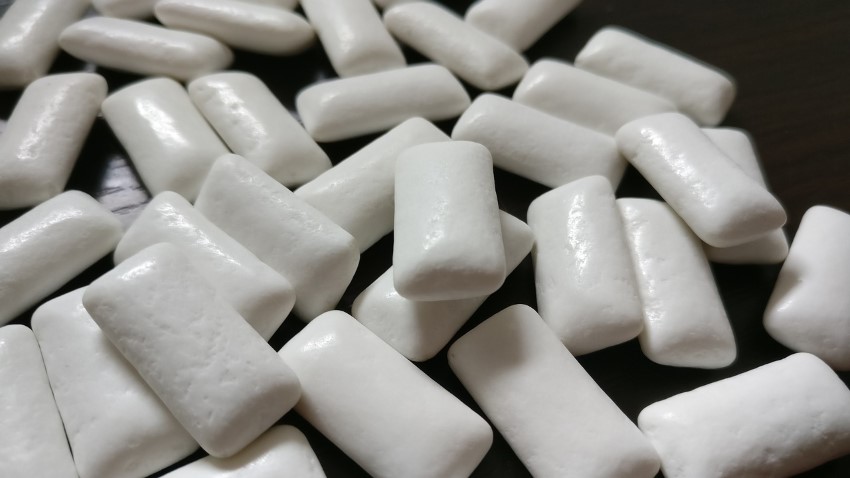We’re at the height of the Florida strawberry harvesting season – a time when the state’s growers are doing all they can to make sure consumers can choose from among the best of their favorite fruit at the market.
“It has been an incredible Florida strawberry season in terms of flavor and quality,” said Kenneth Parker, executive director of the Florida Strawberry Growers Association.
Parker thanked Vance Whitaker, a UF/IFAS strawberry breeder, who has developed several new varieties in recent years. Strawberry breeders at the Gulf Coast Research and Education Center (GCREC) have developed varieties such as Florida Pearl™ Florida Medallion™ ‘Florida Brilliance’ and Sweet Sensation™.
Florida Pearl™, released in 2020, gets its name from its unusual, white exterior. It tastes unique, with some consumers telling UF/IFAS experts it tastes like pineapple or apricot.
The other recent varieties are red, they taste sweet and produce high yields, UF/IFAS experts say.
“Growers look for things that consumers care about like flavor, color, shape and shelf life,” said Whitaker. “Growers also look for traits important to growing the varieties, like yield, disease resistance and how easy they are to harvest.”

Farmers grow more ‘Florida Brilliance’ than any other UF/IFAS cultivar, said Whitaker, a professor of horticultural sciences at the GCREC.
The top UF/IFAS varieties among consumers will be ‘Florida Brilliance,’ Medallion™ and Sensation™, Whitaker said.
Although the fruits are not marketed by cultivar names, you can always look for strawberries grown in Florida or ask the produce manager.
As lots of people buy strawberries, their consumption translates to about $500 million annually in farm-gate value.
Hillsborough County, which leads the state in strawberry production, grows about 90% of the estimated 13,500 acres each year. Manatee and Polk counties also grow strawberries.
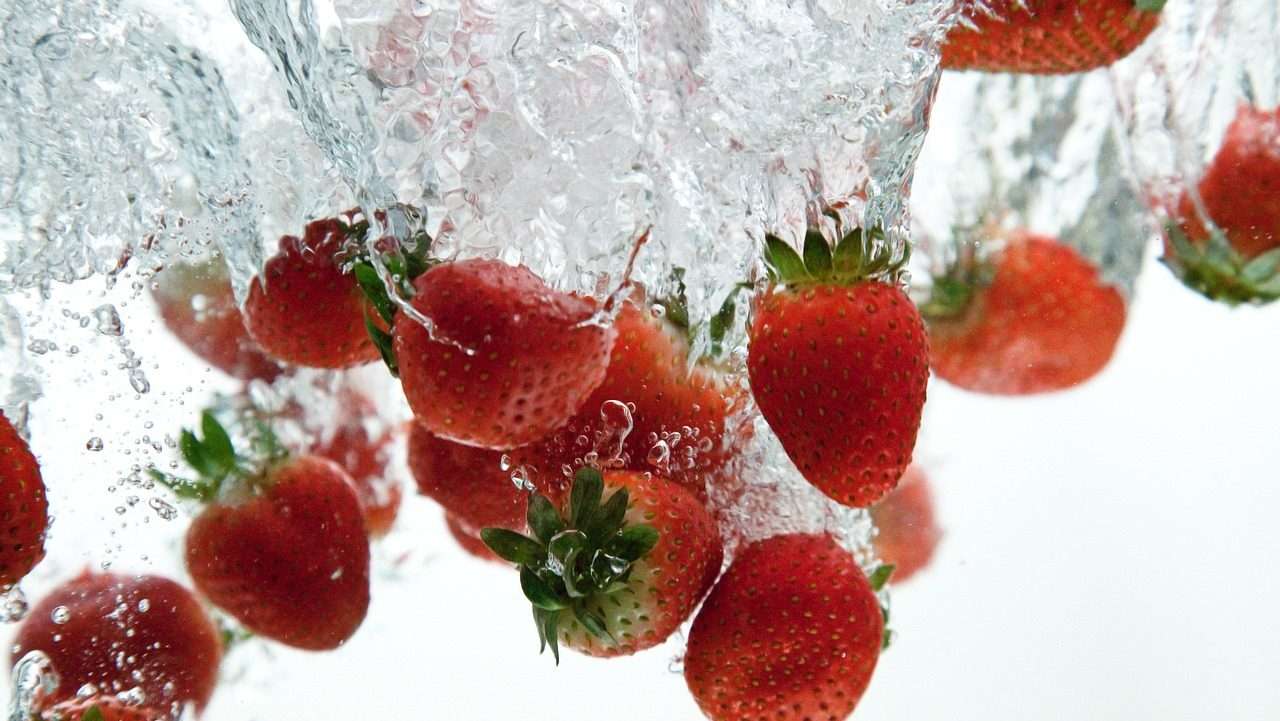
Those strawberries go straight to Florida markets, and they provide a nutritious snack for folks across the Sunshine State – and in other parts of the United States.
Growers must meet some challenges to get their product to market, including pests and diseases. But through best management practices, their fruit sells well in the international marketplace, said Wael Elwakil, a fruit and vegetable agent for UF/IFAS Extension Hillsborough County.
Whitaker said he’s pleased with how the breeding program has helped meet the needs of growers and consumers.
“I am most proud that for many years we have been meeting the needs of our growers, continually providing them with better varieties,” he said. “On the consumer side, I am most proud that we have continued to increase flavor, which is hopefully encouraging people to eat more strawberries. You can’t go wrong by eating more of something that is so good for you.”
Producers are looking forward to two new, as-yet unnamed cultivars UF/IFAS expects to release next year, Parker said.
“UF/IFAS continues to strive for excellence in the breeding program, and the future is even better,” he said.
About UF/IFAS
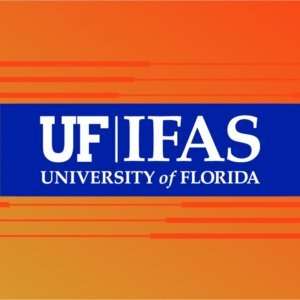
The mission of the University of Florida Institute of Food and Agricultural Sciences (UF/IFAS) is to develop knowledge relevant to agricultural, human and natural resources and to make that knowledge available to sustain and enhance the quality of human life. With more than a dozen research facilities, 67 county Extension offices, and award-winning students and faculty in the UF College of Agricultural and Life Sciences, UF/IFAS brings science-based solutions to the state’s agricultural and natural resources industries, and all Florida residents.
Why Food Is Our Middle Name
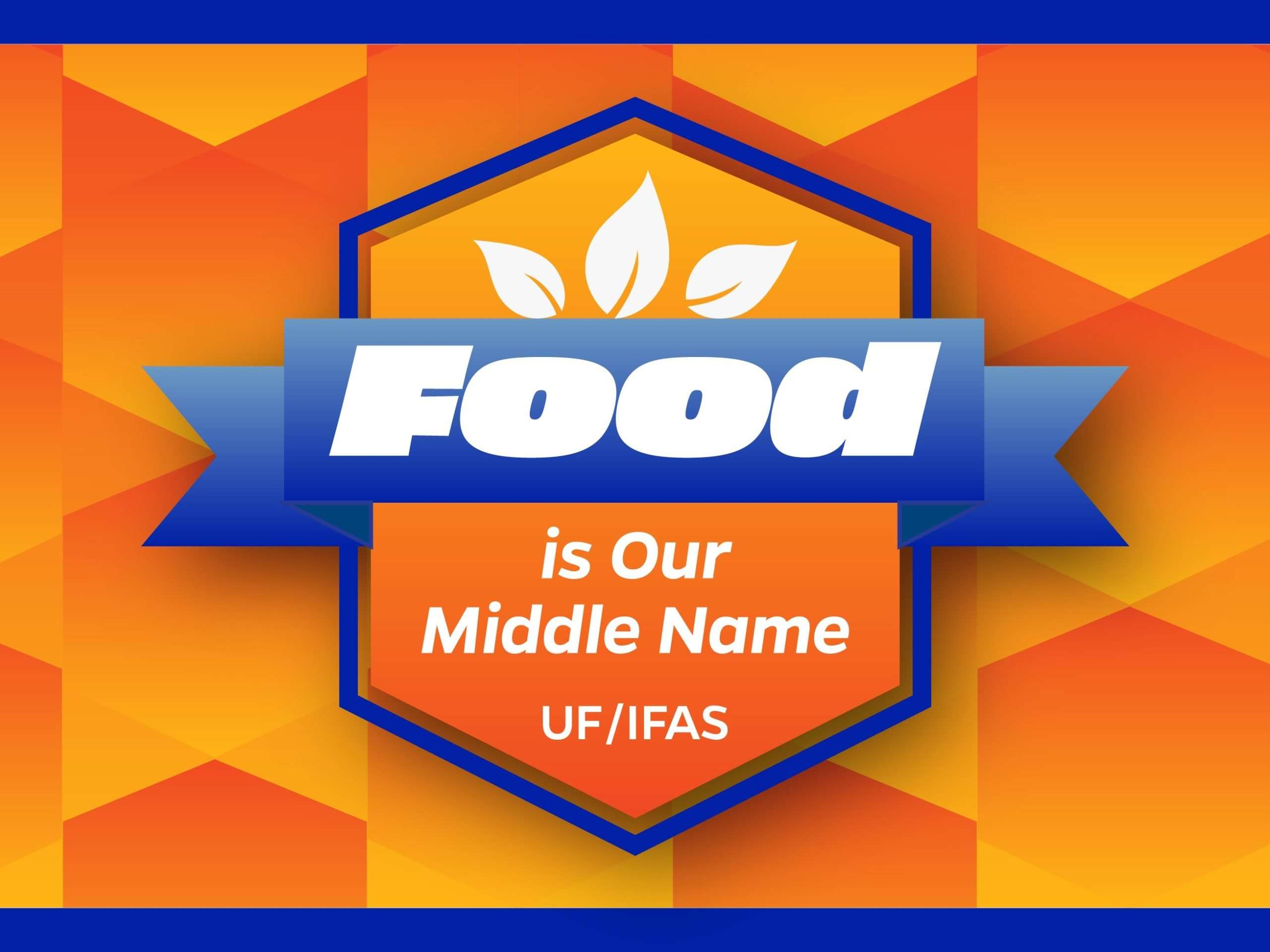
Feeding a hungry world takes effort. Nearly everything we do comes back to food: from growing it and getting it to consumers, to conserving natural resources and supporting agricultural efforts. Explore all the reasons why at ifas.ufl.edu/food or follow #FoodIsOurMiddleName.
